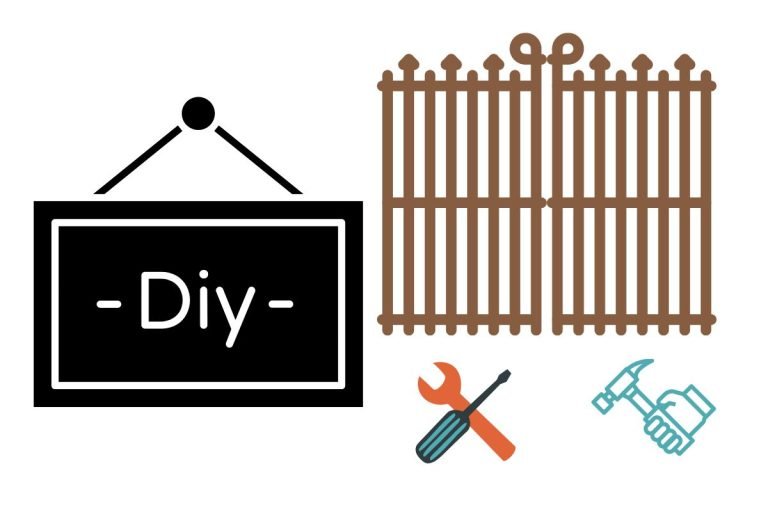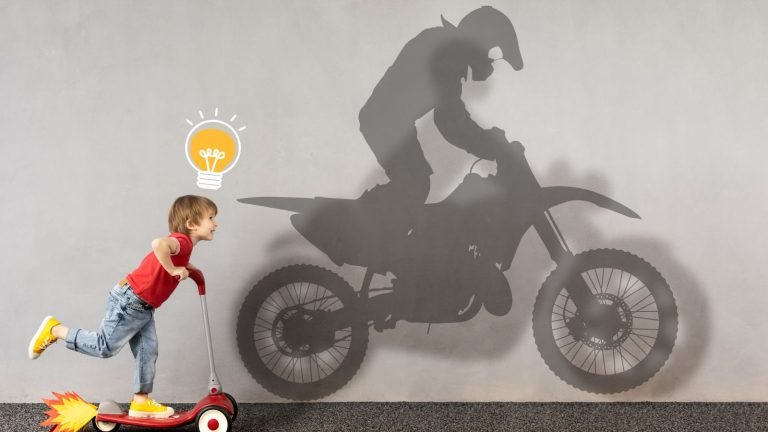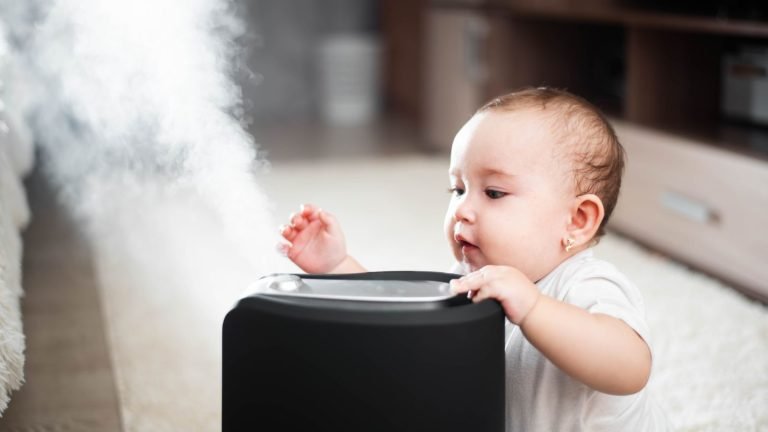High Chair Safety Tips: Ensuring Keep Your Child Safe in a High Chair
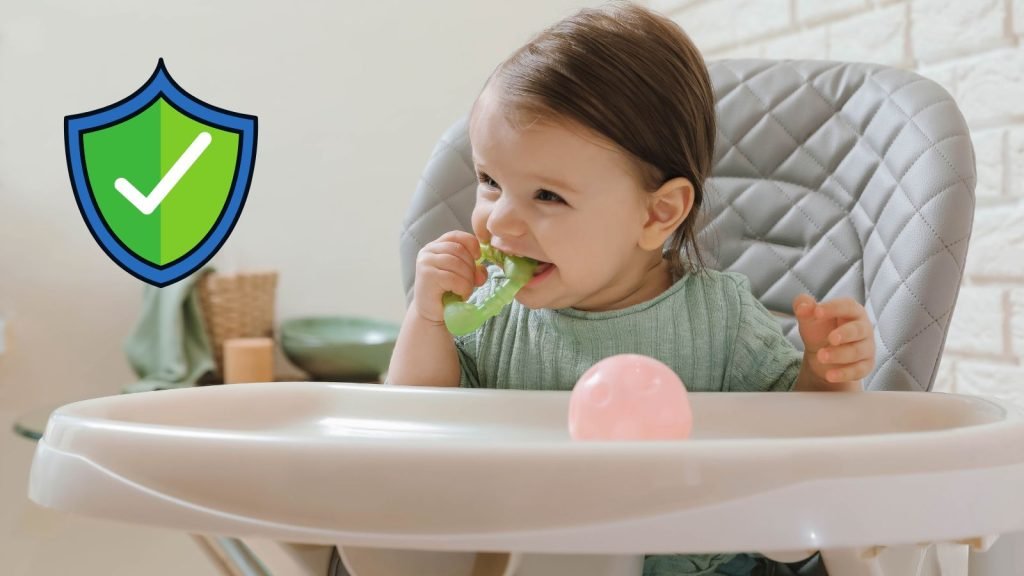
High chairs are great for feeding your baby but can come with unexpected risks. Thousands of children get injured in high chair accidents each year, and some even need emergency treatment. Thankfully, these accidents can be prevented with the right knowledge and precautions.
The high chair safety tips guide will help you choose the right high chair and follow daily safety practices. Understanding and applying these tips can greatly reduce the risk of falls, slipping, and other dangers. Let’s explore how to make mealtime safe and enjoyable for your baby.
Choosing the Right High Chair
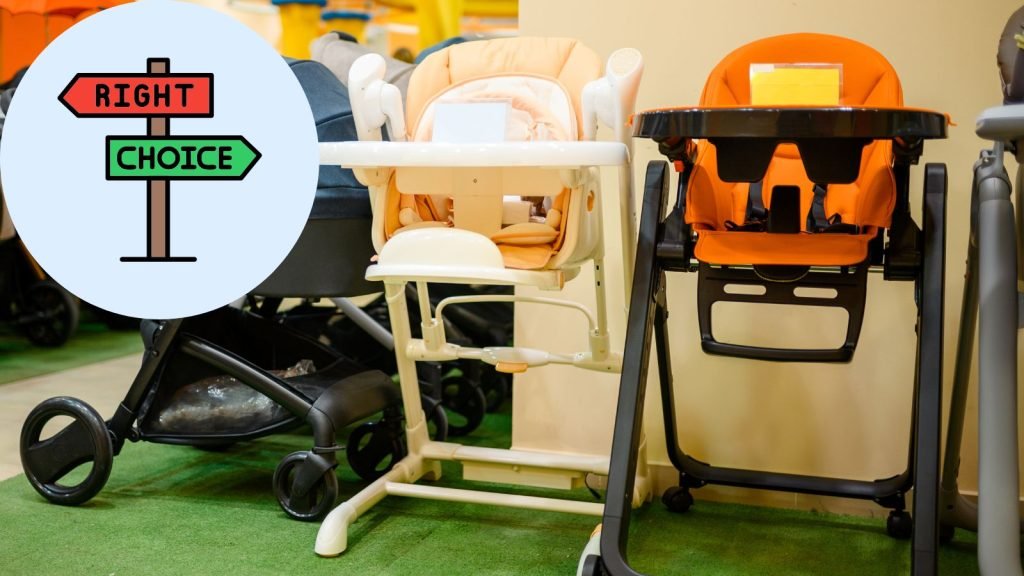
Selecting the right high chair is crucial for your baby’s safety. A well-designed chair helps prevent accidents and make mealtimes more enjoyable for you and your child. Let’s explore the key features when shopping for a baby high chair.
JPMA-certified seal
When choosing a high chair, look for the Juvenile Products Manufacturers Association (JPMA) certified seal. This certification ensures the chair meets rigorous safety standards set by the Consumer Product Safety Commission. JPMA-certified high chairs undergo thorough testing to ensure their safety for your child.
Stability and wide base
A stable high chair is essential to prevent tipping. Opt for a model with a wide base that provides a solid foundation. Avoid chairs with wheels unless they have a locking mechanism. Test the chair’s stability by gently pushing it from different angles to ensure it doesn’t wobble or tip easily.
Proper restraint systems
Safety straps are crucial in preventing falls. Look for a high chair with a sturdy five-point harness system, including a crotch strap. These restraints keep your child secure and prevent them from slipping out or standing in the chair. Ensure the straps are easy to adjust and fasten.
Adjustable features
Choose a high chair with adjustable features to accommodate your growing child. Look for chairs with multiple height settings, reclining positions, and an adjustable footrest. These features ensure proper posture and comfort as your baby develops, from their first bites of solid food to toddlerhood.
Setting Up Your High Chair
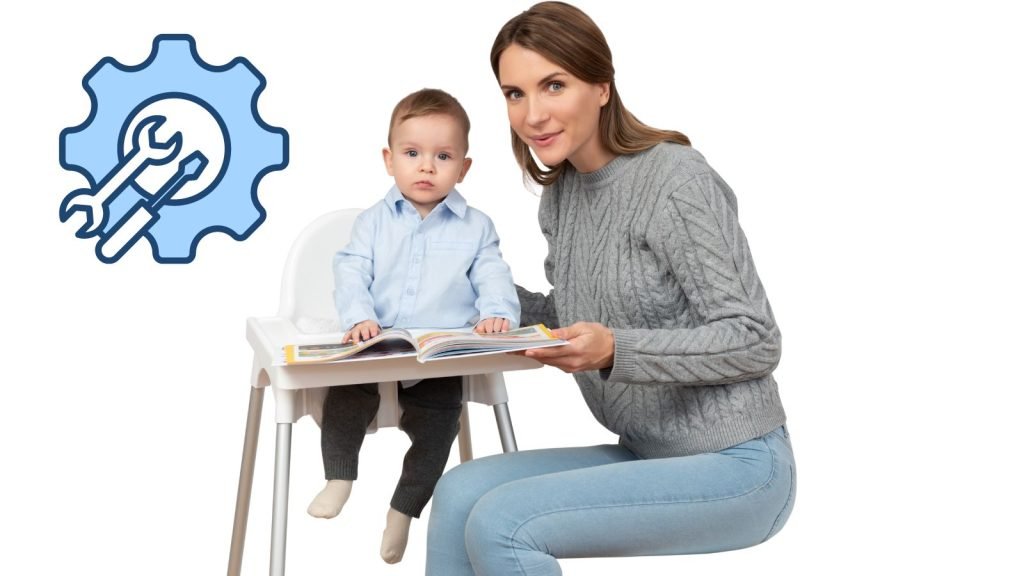
Proper high chair setup is crucial for your child’s safety. A correctly positioned and secured chair can prevent accidents and create a comfortable eating environment. Let’s explore the essential steps for setting up your high chair.
Proper placement
1. Away from walls and furniture
Position your high chair at least a foot away from walls, tables, and other furniture. This prevents your child from pushing against these surfaces, which could cause the chair to tip over. Adequate space also allows you to move freely around the chair during feeding.
2. Clear space around the high chair
Keep the area around the high chair clear of potential hazards. Remove any objects that could fall or be pulled down by your child. This includes tablecloths, dangling cords, and nearby furniture that could be reached from the chair.
Locking mechanism
Always engage the high chair’s locking mechanism before placing your child in it. This feature prevents the chair from folding unexpectedly or moving during use. Double-check that all locks are securely placed before each use to ensure stability.
Checking for sharp objects or edges
Regularly inspect your high chair for sharp edges, loose parts, or potential pinch points. Pay special attention to the tray area and any folding mechanisms. Remove sharp objects like utensils from the tray and surrounding area before placing your child in the chair to prevent injuries.
High Chair Safety Tips for Daily Use
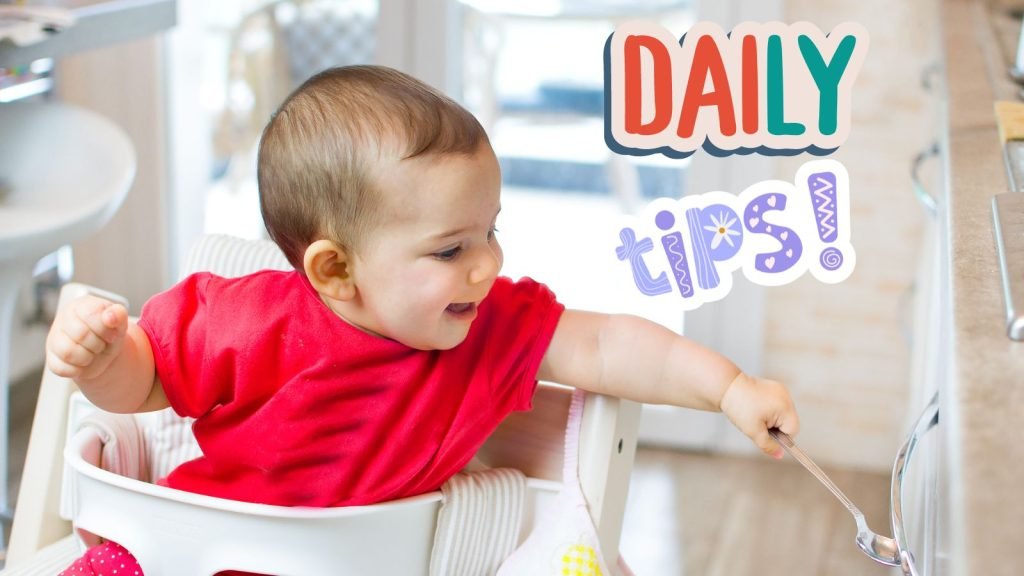
Implementing daily safety practices is key to preventing high chair-related injuries. These simple yet crucial steps can significantly reduce risks during mealtime. Let’s explore essential safety tips for everyday use of your high chair.
Always use safety straps
1. Importance of the crotch strap
The crotch strap is critical to your high chair’s restraint system. It prevents your child from slipping under the tray or out of the seat. Ensure this strap is securely fastened between your child’s legs to maintain proper positioning.
2. Adjusting straps correctly
Regularly check and adjust all safety straps to fit your growing child snugly. The harness should be tight enough to prevent your child from standing up or climbing out but not so tight as to cause discomfort. Make adjustments before each use to ensure optimal safety.
Supervising your child
1. Never leave child unattended
Always stay within arm’s reach of your child when they’re in the high chair. Even with safety straps, constant supervision is essential to prevent accidents. Avoid distractions and focus on your child during mealtime.
2. Preventing climbing and standing
Discourage your child from trying to climb or stand in the high chair. If you notice these behaviors, calmly but firmly redirect them. Consider using positive reinforcement to encourage safe sitting during meals.
Keeping the high chair clear of hazards
1. Removing sharp silverware
Keep sharp objects like knives and forks out of your child’s reach. Opt for child-safe utensils during meals. Always clear the tray of any potentially dangerous items before and after use.
2. Avoiding hot foods and liquids
Be cautious with hot foods and beverages near the high chair. Accidental spills can cause serious burns and choking hazards. Test food temperature before serving and keep hot drinks out of reach to prevent accidents.
Common High Chair Accidents and How to Avoid Them
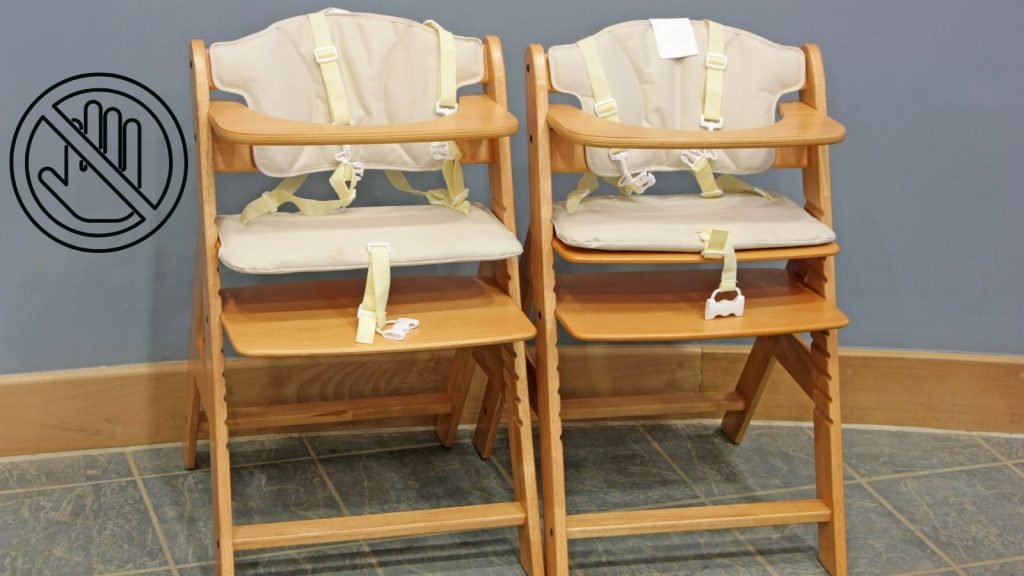
Understanding common high chair accidents is crucial for prevention. Parents can proactively ensure their child’s safety during mealtime by recognizing potential risks. Let’s explore frequent accidents and how to avoid them.
Falls from pushing against tables or counters
Many accidents occur when children push against nearby surfaces, causing the high chair to tip. To prevent this:
- Position the high chair away from tables, counters, and walls
- Ensure the chair’s feet are on a level, non-slip surface
- Use safety straps consistently to limit your child’s movement
Tipping over due to instability
Unstable high chairs pose a significant risk. To enhance stability:
- Choose a high chair with a wide base
- Regularly check for loose screws or damaged parts
- Avoid hanging heavy bags or items on the chair
- Ensure locking mechanisms are engaged before each use
Slipping or sliding out of the seat
Children can slip out of the seat if not properly secured. To prevent this:
- Always use the full harness system, including the crotch strap
- Adjust straps to fit snugly as your child grows
- Avoid placing slippery clothing between your child and the seat
- Choose a high chair with a slight backward recline for added security
Pinched fingers in folding mechanisms
Folding high chairs can cause injuries if not used carefully. To avoid pinched fingers:
- Keep children away when folding or unfolding the chair
- Check for the smooth operation of all moving parts
- Ensure locking mechanisms are fully engaged when the chair is open
- Store the folded chair out of children’s reach when not in use
High Chair Safety for Different Age Groups
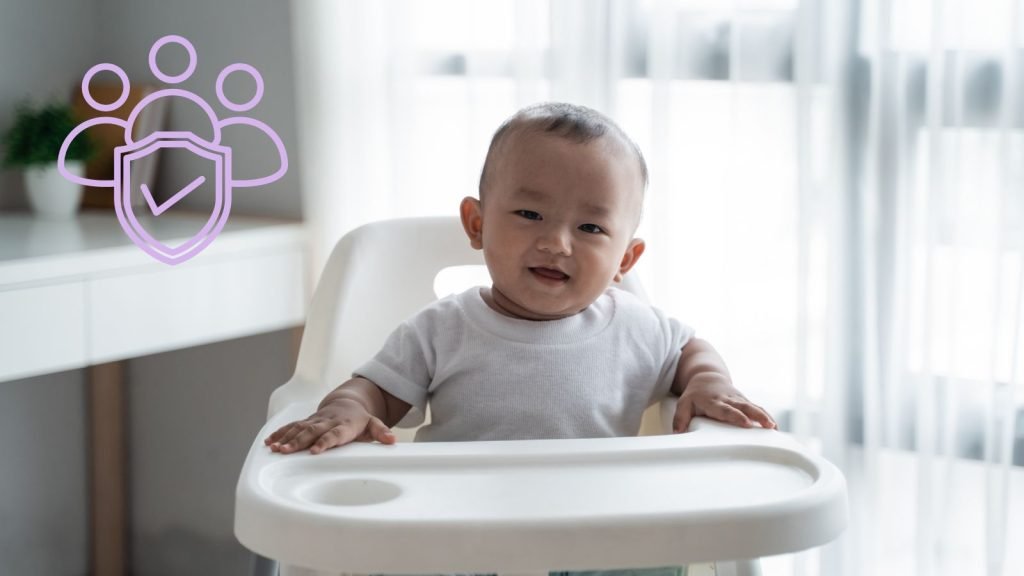
As your child grows, their high chair needs to evolve. Understanding age-specific safety requirements ensures your little one stays secure from first bites to independent eating. Let’s explore how to adapt your high chair use for each stage of development.
Infants starting on solid foods
Proper support is crucial when introducing solids. Use a reclined high chair with a deep seat and adjust the tray to chest level. Always secure your baby with the full harness, including the crotch strap. Keep feeding sessions short and offer soft, age-appropriate foods to prevent choking risks.
Toddlers and preschoolers
As your child becomes more active, safety challenges increase. Adjust the seat upright and ensure their feet rest on the footrest to discourage standing. Maintain consistent rules about staying seated during meals. Be vigilant about climbing attempts and encourage independent eating while supervising closely.
Transitioning to booster seats for older children
Transition to a secure booster seat when your child outgrows the high chair. Choose one that attaches firmly to an adult chair and has a safety harness. Position it away from the table edge to prevent pushing off. Gradually introduce adult chairs under supervision, teaching your child about sitting safely during meals.
Maintaining Your High Chair
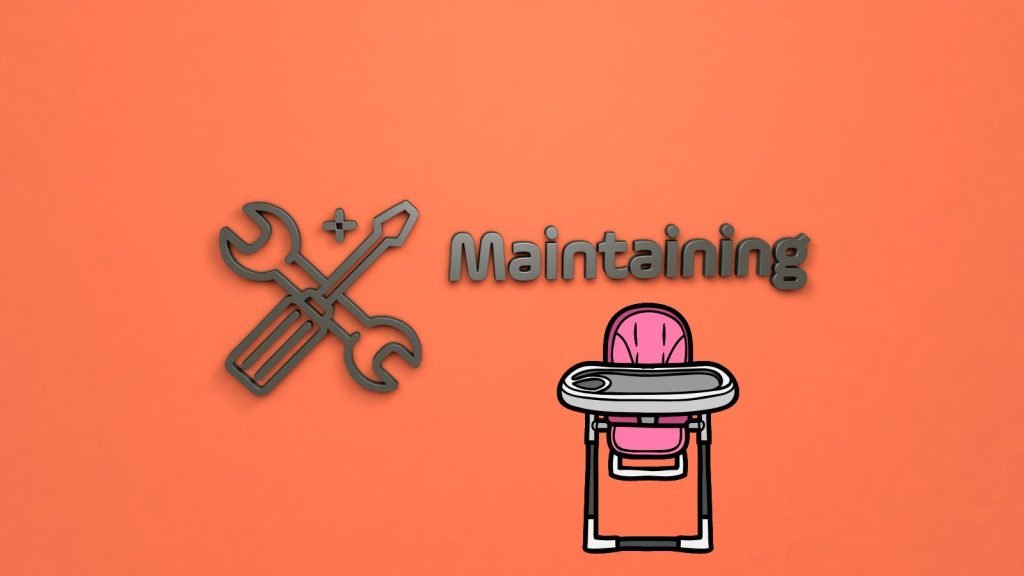
Proper maintenance of your high chair is crucial for ensuring long-term safety and hygiene. Regular upkeep can prevent accidents and extend the life of your chair. Let’s explore key aspects of high chair maintenance.
Regular cleaning and inspection
Wiping down your high chair regularly keeps it germ-free after each use. Pay special attention to crevices where food can accumulate. Perform a thorough cleaning weekly, including the straps and harness. Inspect all parts for any signs of damage or loose components during cleaning.
Checking for wear and tear
Regularly examine your high chair for signs of wear. Look for frayed straps, loose screws, or wobbling parts. Check the stability of the chair by gently pushing it from different angles. Ensure the locking mechanism still functions properly. Address any issues promptly to maintain optimal safety.
Replacing damaged parts or entire chairs if necessary
If you notice any damaged parts, replace them immediately with manufacturer-approved components. Never use a high chair with compromised safety features. If the chair shows significant wear or doesn’t meet safety standards, consider replacing it entirely. A new, JPMA-certified high chair ensures your child’s safety during mealtimes.
Additional Safety Considerations
Parents must stay informed about the latest safety recommendations. Let’s explore expert advice from trusted sources to enhance your high chair safety practices.
Nationwide Children’s Hospital recommendations
Nationwide Children’s Hospital emphasizes the importance of proper restraint use. Their research shows that many high chair injuries occur when children are not strapped in correctly. They recommend always using the full harness system, including the crotch strap, and supervising children closely during meals to prevent falls and climbing accidents.
Consumer Product Safety Commission guidelines
The Consumer Product Safety Commission (CPSC) provides valuable guidelines for high chair safety. They stress the importance of choosing JPMA-certified chairs that meet current safety standards. The CPSC advises parents to register their high chairs with manufacturers to receive timely recall notifications and safety updates.
Research Institute findings on high chair safety
Recent studies from pediatric research institutes highlight the rising incidence of high chair-related injuries. Their findings emphasize the need for improved safety features and parental education. Key recommendations include using chairs with wide, stable bases, ensuring proper strap use, and keeping the area around the high chair clear of potential hazards.
Summary
High chair safety is vital for your baby’s health. Choose a safe, stable chair with proper certification. Always use all straps, including the crotch strap. Keep the chair away from walls and furniture. Watch your child closely during meals. Clean the chair often and check for damage. Change settings as your child grows. Switch to new seats when needed.
Most high chair accidents are preventable. Follow safety tips to avoid falls and tipping. Your watchful eye is key to preventing harm. Stay informed about safety rules. Keep the chair in good condition. Always prioritize safety at mealtimes.
These steps make meals safe for your baby. They help your child learn good eating habits. Use these tips for worry-free mealtimes. Your care ensures your baby stays safe while enjoying food and family time.
Frequently Asked Questions
How Do You Secure a Child in a High Chair?
Use the safety straps and harness to keep your child secure in the high chair.
What Are Two Safety Measures You Can Take to Keep Infants Safe in the High Chair During Mealtime?
Always use the harness and never leave your child unattended.
What Is the Most Common Hazard in a Highchair?
Falls are the most common hazard in a highchair.
What Are the Safety Precautions for Chairs?
Ensure the chair is stable, use safety straps, and never leave your child unattended.
Are There Any Potential Dangers for Children for a High Chair?
Potential dangers include falls, tipping over, and choking hazards from food or small objects.
